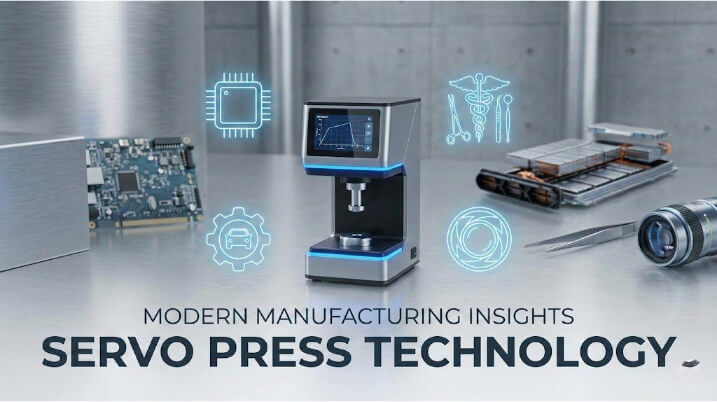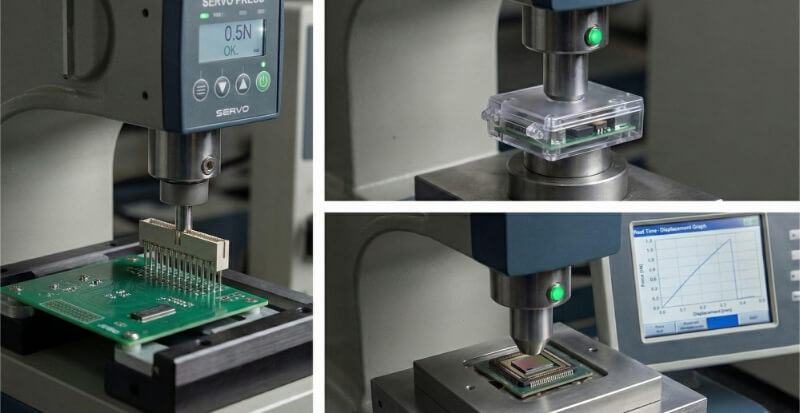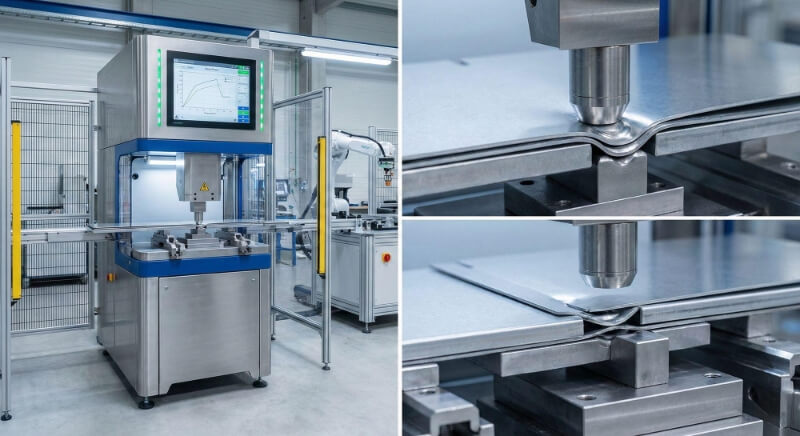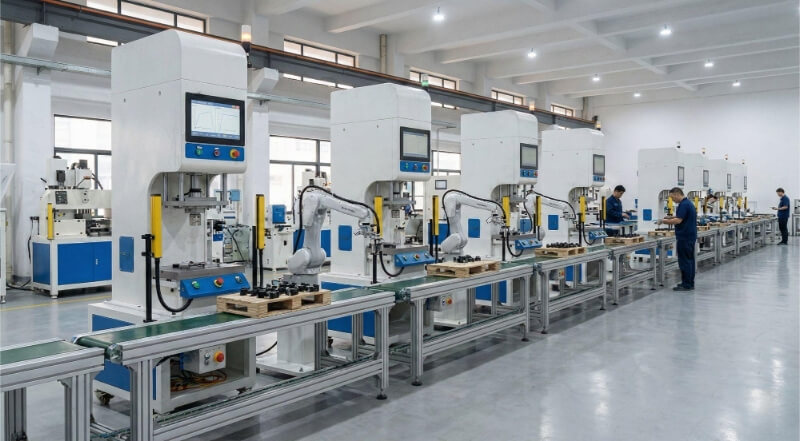Inefficiencies can often plague electrical assembly processes. From sourcing components to final assembly, there are numerous stages where delays and errors can creep in. These inefficiencies lead to increased costs, extended production times, and potential issues with product quality.
To enhance efficiency in electrical assembly, we need to streamline our processes, adopt automation where possible, and ensure proper training and resource allocation. We can significantly reduce production times and costs by focusing on these critical areas.
Read on as we continue to detail effective strategies for improving the efficiency of your electrical assembly process.
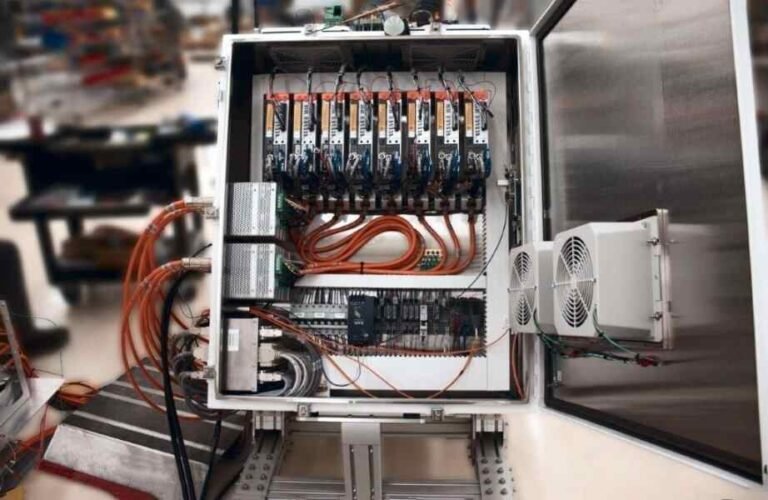
Understanding Electrical Assembly Processes
Definition and Scope
Electrical assembly processes involve combining various electrical components to create functional electronic devices. These processes encompass various activities, from simple wiring tasks to complex circuit board assembly.
Key Components and Materials
In electrical assembly, several critical components and materials play crucial roles. These include:
- Printed Circuit Boards (PCBs): The backbone of most electronic devices, PCBs house the circuitry and components that enable functionality.
- Wires and Cables: Essential for connecting different components and ensuring electrical signals flow correctly.
- Connectors and Terminals: These join wires and connect different assembly parts.
- Resistors, Capacitors, and Inductors: Fundamental components that control electrical currents and signals.
- Integrated Circuits (ICs): Complex semiconductor devices that perform various functions within electronic systems.
- Switches and Relays: Allow for the control and distribution of electrical power.
- Enclosures and Mounting Hardware: Provide physical protection and support for the assembled components.
Common Techniques and Methods
Several techniques and methods are commonly employed in electrical assembly processes to ensure accuracy and efficiency:
- Soldering: The process of joining electrical components using a filler material (solder) to create a reliable electrical connection.
- Crimping: Involves compressing a metal connector onto a wire to establish a secure connection.
- Wire Harnessing: Bundling and organizing wires and cables to streamline installation and maintenance.
- Surface Mount Technology (SMT): A method of placing components directly onto the surface of a PCB, commonly used for smaller, more complex assemblies.
- Through-Hole Technology (THT): Involves inserting component leads through holes in the PCB and soldering them in place, providing mechanical solid bonds.
- Testing and Inspection: This may include visual inspections, automated testing, and functional tests.
Pre-Assembly Preparation
Design Optimization
Importance of Design for Manufacturability (DFM)
DFM focuses on simplifying the design of electronic products to ensure they are easy to manufacture, reducing complexity and minimizing potential errors during assembly. By incorporating DFM principles, we can streamline production processes, lower costs, and improve overall product quality.
Tools for Efficient Design
Computer-aided design (CAD) software allows us to create precise and detailed electronic layouts. Simulation tools also help predict potential issues and optimize the design before production begins.
Material Selection
Criteria for Choosing Materials
Selecting the suitable materials is a critical step in the pre-assembly process. The materials chosen must meet specific criteria, including electrical conductivity, thermal resistance, durability, and cost-effectiveness. It’s essential to consider the application’s requirements and environmental factors that the final product will face.
Cost-Benefit Analysis
A thorough cost-benefit analysis helps in making informed decisions about material selection. While choosing the least expensive materials might be tempting, it’s essential to balance cost with quality and reliability. Investing in higher-quality materials can lead to fewer defects, longer product life, and reduced maintenance costs.
Workforce Training
Skills Required
Employees need various technical skills, including proficiency in soldering, wiring, and using assembly tools and equipment. They should also understand how to read and interpret technical drawings and schematics.
Training Programs and Certifications
We offer comprehensive training programs and certifications to ensure our workforce is well-prepared. These programs cover essential skills and advanced techniques, keeping our team up-to-date with the latest industry standards and technologies. Certifications validate our employees’ expertise, enhancing their confidence and competence.
Streamlining the Assembly Line
Layout Planning
Optimizing Workspace Layout
Effective layout planning is critical to a streamlined assembly line. We can minimize movement and reduce production time by strategically arranging workstations and equipment. The goal is to create a logical flow that allows materials and components to move smoothly from one stage to the next.
Ergonomics and Worker Comfort
Ensuring the workspace is ergonomically designed is crucial for worker comfort and productivity. Adjustable workstations, proper lighting, and tools within easy reach can reduce physical strain and fatigue.
Workflow Management
Process Mapping
Process mapping involves creating a detailed diagram of the entire assembly process. This visual representation helps us understand each step, identify inefficiencies, and find opportunities for improvement.
Time and Motion Studies
Conducting time and motion studies allows us to analyze how tasks are performed and how long they take. This data helps us identify areas where time can be saved, and processes can be optimized.
Implementing Lean Manufacturing Principles
Just-In-Time (JIT) Production
Just-In-Time (JIT) production aims to reduce waste by producing only what is needed when it is needed. This minimizes inventory costs and reduces the risk of overproduction.
Kanban Systems
Kanban systems are visual tools that help manage workflow and inventory. Using Kanban boards, we can track the status of each task and ensure that materials are replenished as needed.
5S Methodology
The 5S methodology focuses on workplace organization and standardization. The five principles are Sort, Set in Order, Shine, Standardize, and Sustain. By implementing 5S, we can create a clean, organized, and efficient workspace.
Automation and Technology Integration
Benefits of Automation in Electrical Assembly
Automating repetitive and labor-intensive tasks can achieve higher efficiency, consistency, and accuracy. Automation reduces the risk of human error, enhances production speed, and allows for better quality control. It also frees our skilled workers to focus on more complex tasks, leading to a more productive and satisfied workforce.
Types of Automation Technologies
Robotic Assembly
Robotic assembly involves:
- Using robots to perform tasks such as soldering.
- Screwing.
- Placing components on circuit boards.
Robots can work at high speeds with precision, ensuring consistent quality. They can also operate in hazardous environments, reducing the risk to human workers.
Automated Testing and Inspection
These systems use advanced sensors and imaging technologies to inspect components and assemblies for defects. Automated testing can perform functional checks quickly and accurately, identifying issues before products move to the next stage.
Software Solutions
Manufacturing Execution Systems (MES)
Manufacturing Execution Systems (MES) are software solutions that monitor and control production processes on the factory floor. MES provides real-time data on production activities, helping us track progress, identify bottlenecks, and optimize workflows.
Enterprise Resource Planning (ERP) Systems
ERP systems manage inventory, procurement, production planning, and logistics for electrical assembly. By using ERP, we can streamline operations, improve resource allocation, and enhance communication across departments.
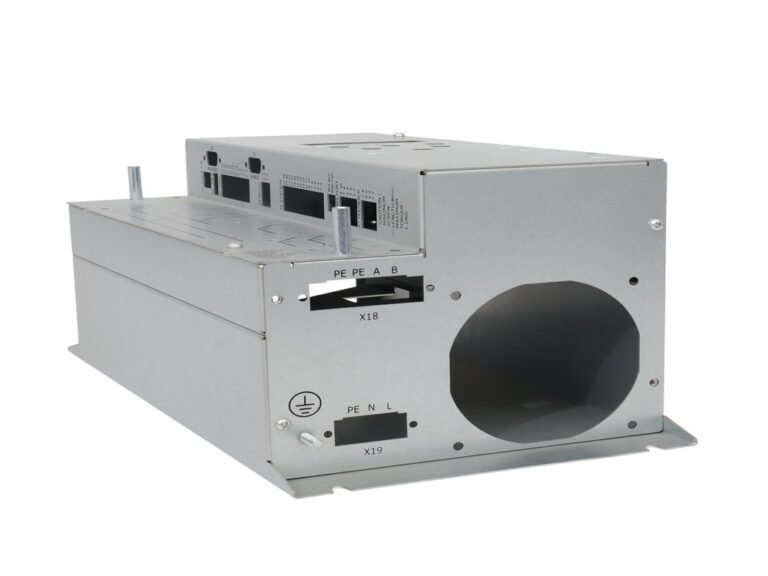
Quality Control and Assurance
Establishing Quality Standards
International Standards and Certifications
Standards such as ISO 9001 and IPC-A-610 provide guidelines for quality management and artistry in electronic assemblies. Complying with these standards demonstrates our commitment to maintaining high-quality production processes and meeting global industry requirements.
Internal Quality Metrics
In addition to international standards, we establish internal quality metrics tailored to our specific processes and products. These metrics help us monitor performance and identify areas for improvement. Key metrics may include defect rates, yield rates, and customer satisfaction scores.
Testing Procedures
Functional Testing
Functional testing verifies that the assembled product operates according to its specifications. This type of testing checks the functionality of individual components and the overall system, ensuring that the product performs as intended.
Environmental Testing
Environmental testing assesses how products perform under various environmental conditions, such as temperature, humidity, and vibration. This testing ensures that our products can withstand the conditions they encounter during use.
Continuous Improvement
Root Cause Analysis
Root cause analysis is a systematic approach to identifying the underlying causes of defects and quality issues. By understanding the root cause, we can implement practical solutions to prevent recurrence. This process involves collecting data, analyzing the problem, and developing corrective actions.
Corrective and Preventive Actions (CAPA)
Corrective actions involve fixing existing problems, while preventive actions focus on identifying and mitigating potential issues before they occur. By implementing CAPA, we create a proactive quality management system that continuously improves our processes and prevents defects.
Supply Chain Management
Vendor Selection and Management
Criteria for Choosing Suppliers
We consider several criteria when choosing suppliers, including their ability to meet quality standards, reliability in delivery times, pricing, and financial stability. We also evaluate their capacity for innovation and willingness to collaborate on continuous improvement initiatives.
Building Strong Supplier Relationships
Building and maintaining solid supplier relationships is critical to a resilient supply chain. We focus on clear communication, transparency, and mutual respect. Regular meetings and performance reviews help align goals and address any issues promptly.
Inventory Management
Inventory Optimization Techniques
We use various techniques to optimize inventory, such as Just-In-Time (JIT) inventory systems, which reduce excess stock and free up capital. Additionally, we implement demand forecasting to predict future needs accurately.
Minimizing Stockouts and Overstocks
To minimize stockouts and overstocks, we employ several strategies. Safety stock levels are maintained to buffer against unexpected demand spikes or supply chain disruptions. We also use automated reorder systems that trigger orders when inventory levels fall below a predefined threshold.
Logistics and Distribution
Efficient Transportation Methods
We evaluate and select the best transportation methods based on speed, cost, and reliability. This may involve using a combination of air, sea, and land transport to balance speed and expense.
Warehouse Management
We implement warehouse management systems (WMS) to automate and streamline operations. These systems help track inventory, manage storage locations, and optimize picking routes.
Performance Measurement and KPIs
Key Performance Indicators for Electrical Assembly
We rely on several Key Performance Indicators (KPIs) to effectively measure performance in electrical assembly. These KPIs help us track efficiency, quality, and productivity. Key indicators include:
- First Pass Yield (FPY): The percentage of assemblies that pass quality inspection the first time without rework. A high FPY indicates efficient and error-free processes.
- Cycle Time: The total time to complete one assembly from start to finish. Reducing cycle time improves throughput and overall efficiency.
- Defect Rate: The number of defects identified per unit produced. Lower defect rates indicate higher quality and better process control.
- On-Time Delivery (OTD): The percentage of orders delivered on or before the promised date. High OTD rates reflect reliable and efficient production schedules.
- Overall Equipment Effectiveness (OEE): A composite measure that considers equipment availability, performance, and quality. High OEE indicates optimal use of machinery and resources.
- Cost of Quality (CoQ): The total cost incurred in ensuring product quality, including prevention, appraisal, and failure costs. Monitoring CoQ helps balance quality with cost efficiency.
Data Collection and Analysis
We use automated systems and software to gather real-time data on various aspects of the assembly process. This includes data from production lines, quality inspections, and equipment performance.
Analyzing this data helps identify trends, pinpoint areas of improvement, and make data-driven decisions. We use statistical methods and visualization tools to interpret the data, making it easier to understand and act upon.
Benchmarking and Best Practices
Benchmarking involves comparing our performance metrics with industry standards and best practices. This helps us understand where we stand with our competitors and identify areas for improvement.
By studying best practices in the industry, we can adopt strategies and techniques that have been proven effective. This might include implementing new technologies, optimizing workflows, or enhancing quality control measures.
Conclusion
Enhancing efficiency in electrical assembly processes is essential for maintaining competitiveness and meeting customer expectations. We can significantly improve our production capabilities by focusing on critical areas such as pre-assembly preparation, streamlining the assembly line, integrating automation and technology, and ensuring rigorous quality control.
Do you need a reliable sheet metal parts manufacturer? Shengen is the place to go. We specialize in sheet metal laser cutting, bending, surface finish, and CNC Machining. Reach out to Shengen Today and seek help from professionals!
FAQs
What are the most common bottlenecks in electrical assembly?
Common bottlenecks in electrical assembly include:
- Inefficient workspace layout.
- Insufficient training of workers.
- Delays in component supply.
- Inadequate quality control measures.
These issues can lead to slow production times, increased costs, and higher defect rates.
How can automation impact the efficiency of electrical assembly processes?
Automation significantly enhances efficiency by performing repetitive and labor-intensive tasks precisely and quickly. It reduces human error, increases production speed, and ensures consistent quality. Automated testing and inspection systems also help identify defects early, reduce rework, and improve product reliability.
How can companies ensure continuous improvement in their assembly processes?
Continuous improvement can be ensured by implementing regular training programs, conducting root cause analysis for defects, and applying corrective and preventive actions (CAPA). Companies should also establish internal quality metrics, benchmark against industry standards, and adopt best practices.
More Resources:
Design for Manufacturability (DFM) – Source: Ewmfg
Optimizing Inventory – Source: SAP
Kanban Systems – Source: Wikipedia
Hey, I'm Kevin Lee

For the past 10 years, I’ve been immersed in various forms of sheet metal fabrication, sharing cool insights here from my experiences across diverse workshops.
Get in touch

Kevin Lee
I have over ten years of professional experience in sheet metal fabrication, specializing in laser cutting, bending, welding, and surface treatment techniques. As the Technical Director at Shengen, I am committed to solving complex manufacturing challenges and driving innovation and quality in each project.

